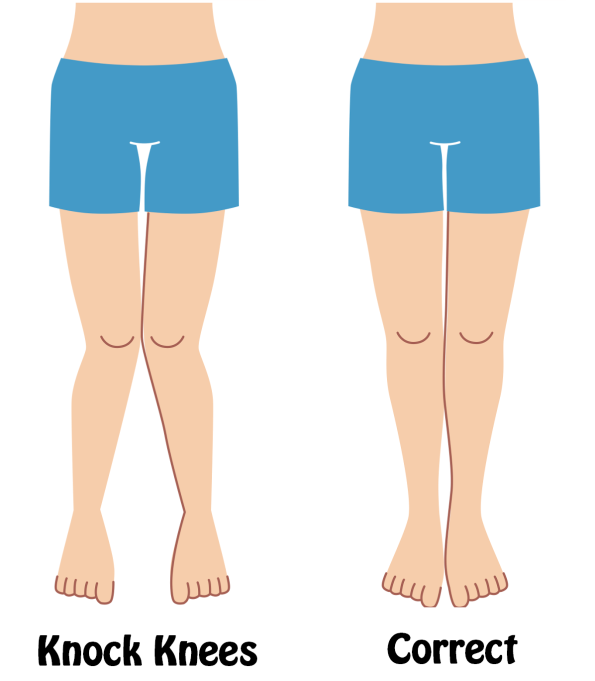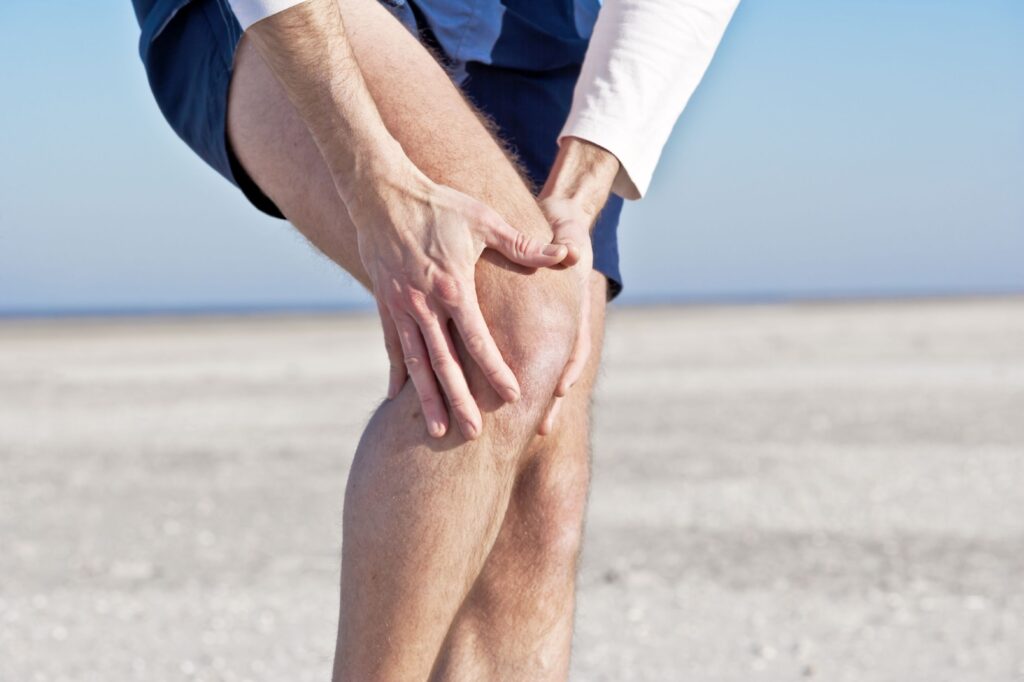Huge congrats on your dedication to fitness if you exercise. You’re improving your cardiovascular and respiratory health, increasing your stamina and vitality, and controlling your weight. However, there are moments when exercise just hurts – and not in a pleasant, “hard-earned” sense. You are not alone if you experience knee discomfort during or after a strenuous workout. Knees are prone to damage since they are used in various activities such as sports, exercise, weight lifting, and even in daily chores.
If your joints hurt while you exercise, it might be due to certain blunders you’re doing at the fitness center or on the track. However, there is good news: knee pain or injury may be prevented. The following are some typical exercise mistakes that might endanger your knees and create knee discomfort. Try to limit and prevent these errors to ensure that your exercises benefit your knees and body rather than harming or injuring them.

Let’s Get Started:
Not Adequately Warming Up Your Body
Time is valuable, and you want to make the most of your sweat session. However, missing a warmup to save time puts you at risk of injury. A warmup progressively warms up your heart, lungs, and metabolic system, prepping your body to perform harder and more efficiently consume fuel. Gradually raising the intensity also trains your muscles and joints for the next task by boosting blood flow, enhancing range of motion, and improving muscular suppleness.
So, before you begin the difficult phase of your workout, spend 5-10 minutes progressively increasing your intensity. For instance, if you’re going for a run, walk for a few minutes before gradually increasing your pace to a jog and eventually running to save your knees from heating up quickly and not effectively performing.
Squatting While Knocking Knees
Allowing your knees to collapse in when squatting is a poor squat form. This might cause knee pain and joint pain. Doing it incorrectly might also restrict the amount of strength and size you can develop in your legs. Though the location of your feet will vary based on your ultimate training aim, make sure that your knees are tracking over your toes. This will lessen the amount of joint tension.
Striking With the Heel
Do not heel strike when running or jogging. When you run, your heel is the first part of your foot to make contact with the ground. This higher intensity pressure can jar your ankles, knees, and hips, as well as induce heel discomfort—instead, land on the balls of the feet or your mid-foot.
As you jog, try to keep your feet beneath your hips. This will train your body to accept trauma without putting additional strain on your foot and leg joints hence saving your knees from damage.
Elevated or Lifted Bottoms
We’ve all tried to plank with our bottoms in the air or by allowing our limp bodies to dangle from our shoulders. When holding a plank position, this is a bad form. It can squeeze muscles and tissues throughout your body, resulting in joint or knee pain management damage. To achieve the ideal plank, your body must create a straight line from head to heel. Maintain a straight line with your head, neck, hips, spine, and legs by pulling your shoulder blades down.
Noodle Legs
You’ve probably seen guys bench press…badly…while working out at the gym. They occasionally become trapped and begin flapping their legs all over the place. This not only burns their energy, but it can also be harmful to their back. It also demonstrates that they were never in the correct position to start with.
Before you bench press, dig your heels into the ground while keeping your buttocks firmly planted on the bench. This will tighten and develop your lower-body muscles while putting less strain on your back, knees, and legs.
Leaning Forward in a Lunge
Knee discomfort can arise from putting too much weight on the front leg during a lunge, including back, side, and walking lunges. Instead, your weight should be spread evenly between the front and rear legs. No matter which lunge variant you execute, be sure to push into the ground with the heel of your standing leg. Your front knee must always be parallel to your front heel, and your shoulders should be lined up perfectly above your hips.

Wearing the Wrong Shoes While Exercising
Shoes make a significant difference in your training. Your feet support your joints and knees, and if you don’t take care of them, you’re inviting discomfort in your ankles, knees, and hips. Wearing running shoes during a game of pick-up ball, for instance, might limit your lateral movement, cause joint pain and manage joint pain.
As a result, wearing high tops to run a 5K does not provide the necessary cushioning for your joints. Go to a specialized store to get shoes that are appropriate for your specific sport. The experts may also assess your movement and foot strike to select an ideal shoe for your body and protect you.
There are No Rest Days in Your Workout Routine
Consistency is required for staying healthy, yet too much work and not enough relaxation wears down your body. Every week, give your joints at least one day of relaxation. While you sleep, your muscles build and heal, your joints recover from trauma, and your hormones rebalance. The next time you work out, you’ll be stronger and more energized.
There is No Variation in Your Workouts
You enjoy working out. In fact, you’re so into that run, cycle, or dancing class that it’s all you can think about. Loving your workout is a benefit since it boosts adherence, but it also raises your risk of joint pain. When you practice the same workout repeatedly, you wear down your joints and put yourself in danger of injury.
Rotate your exercises regularly to keep your body wondering and your joints strong in all areas. If you constantly run, try swimming or cycling once or twice a week. Lifters might benefit from a weekly trek or yoga session to balance out their workouts. You lift too much, too soon
Lifting too much load before you’re ready is harmful to your knees and the rest of your body. Excessive resistance added to a workout before you are powerful enough can cause discomfort or damage your tendons, joints, and connective tissue. And your knees are suffering as a result of the strain. Consequently, most experts advocate training with a constant, incremental increase in resistance (aka progressive overload).
Final Thoughts:
Feeling weak in the knees might be beneficial in some situations. When you’re working out, though, it’s not. Although knee discomfort is a typical complaint, it may put a halt to your exercises and development. To keep your knees pain-free, avoid the ten typical workout blunders listed above.
If you have intense, stabbing, or throbbing knee pain that prohibits you from placing full weight on your leg, you should visit your doctor at Orthoremedy straight away and learn the best exercises for knee pain.


